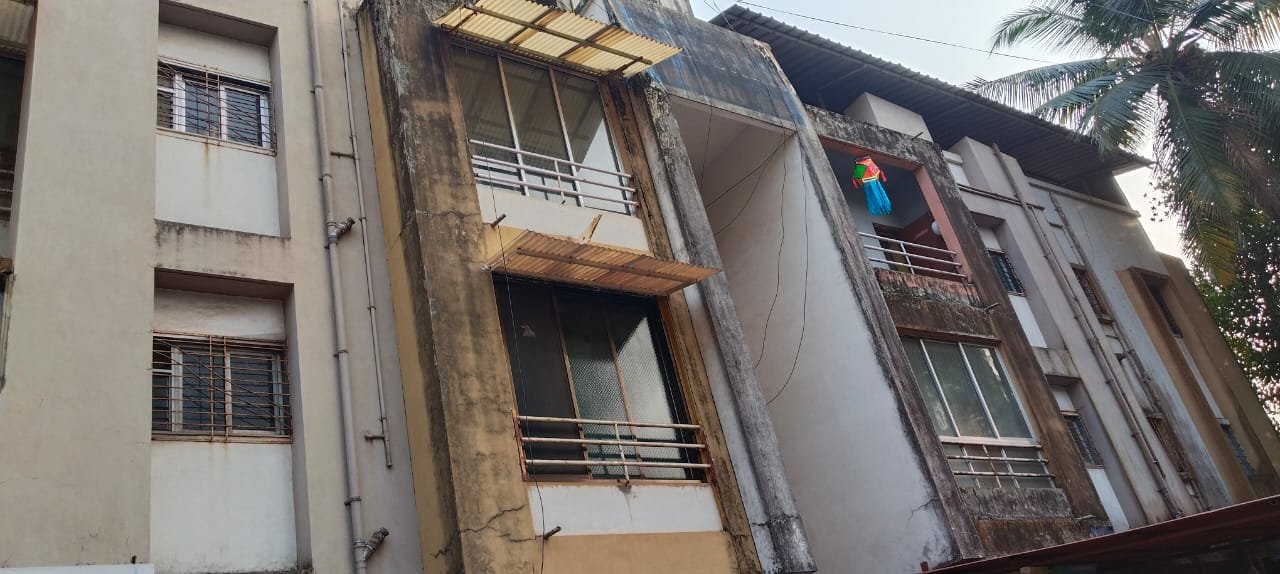Holi Festival Cleaning in Mumbai
Holi, the festival of colors, is a vibrant and joyful celebration in India. Before the festival, it is customary for people to engage in thorough cleaning and preparations in their homes. This practice is known as “Holi cleaning” and is done to welcome the festival with a clean and festive environment.
If you are in Mumbai and looking to prepare for the Holi festival through cleaning, here are some general tips:
Holi Festival Cleaning in Mumbai House Cleaning:
Start by decluttering your home. Get rid of unnecessary items and organize your living spaces.
Clean and dust all surfaces, including furniture, shelves, and countertops.
Sweep and mop the floors, paying special attention to corners and hidden areas.
Clean windows and mirrors for a brighter atmosphere.
Decorations:
If you plan to decorate your home for Holi, make sure to clean the areas where you’ll be placing decorations.
Consider using eco-friendly and colorful decorations that align with the spirit of the festival.
Holi Festival Cleaning in Mumbai Clothing and Linens:
Wash and clean your curtains, bed linens, and other fabrics to give your home a fresh feel.
Check if you have traditional or colorful attire for Holi and ensure they are clean and ready to wear.
Outdoor Areas:
If you have an outdoor space, clean and arrange it for Holi celebrations. Remove any debris and make it welcoming for guests.
Consider decorating your outdoor area with vibrant colors and Holi-themed elements.
Kitchen:
Clean and organize your kitchen. Dispose of expired items and ensure that all surfaces, appliances, and utensils are clean and ready for use.
Safety Measures:
If you plan to play with colors during Holi, take necessary precautions. Cover furniture, use natural and skin-friendly colors, and ensure the safety of everyone involved.
Water Conservation:
Given the water scarcity in many areas, consider using water responsibly during Holi. Use water-efficient ways to play with colors and avoid unnecessary wastage.
Remember that the spirit of Holi is about joy, love, and togetherness. Enjoy the festival responsibly, and ensure that your cleaning efforts contribute to a positive and festive atmosphere for you and your loved ones.
Celebrating Holi in South Mumbai can be a delightful and vibrant experience. The festival is known for its lively atmosphere, colorful celebrations, and a sense of community. Here are some suggestions for Holi fun in South Mumbai:
Organized Events and Parties:
Look out for organized Holi events or parties happening in South Mumbai. Many clubs, hotels, and event spaces host special Holi celebrations with music, dance, and, of course, vibrant colors.
Community Celebrations:
Explore local neighborhoods and communities that might organize Holi events. Many residential areas, cultural organizations, and societies come together for community celebrations with music, traditional rituals, and colorful play.
Beach Celebrations:
South Mumbai is known for its beautiful coastline. Consider celebrating Holi on the beach with friends and family. Just be mindful of the environment and avoid littering.
Street Food and Festive Treats:
Indulge in the delicious street food that Mumbai is famous for. During Holi, you can find special festive treats like gujiyas, thandai, and other sweets. Visit local markets or popular street food spots.
Colored Powder and Water Balloon Fights:
Participate in or organize a safe and friendly colored powder or water balloon fight with friends. Ensure that the colors used are safe and eco-friendly, and always respect the comfort levels and consent of others.
Traditional Holi Music and Dance:
Immerse yourself in the traditional music and dance associated with Holi. Attend cultural events or join public gatherings where people celebrate with folk music and dance.
Visit Temples:
Consider visiting temples in South Mumbai that host special Holi celebrations. Many temples organize cultural programs, prayers, and other festivities during this time.
Capture the Moments:
Don’t forget to capture the colorful moments of Holi. Whether it’s a selfie with friends or candid shots of the celebrations, documenting the day can add to the memories.
Respect Local Customs:
If you are participating in community events or celebrations, be respectful of local customs and traditions. Follow any guidelines or rules set by the organizers









